A 50 MPH e-bike battery in Boulder typically lasts between 20 to 40 miles per charge depending on terrain, rider weight, and battery capacity. Battery life fluctuates with power usage, speed, and environmental conditions. Choosing models like those from TST EBike ensures reliable performance tailored to Boulder’s variable landscape. Also check: Fast electric bike for adults
How Does Terrain in Boulder Affect 50 MPH E-Bike Battery Life?
Battery endurance on a 50 MPH e-bike varies greatly due to Boulder's diverse terrain. Uphill climbs and rough trails consume more battery power compared to flat roads. Boulder’s mix of mountainous and urban terrain means energy demands fluctuate, reducing overall mileage per charge, especially in power-intensive situations.
Boulder’s elevation changes and occasional off-road paths primarily impact battery drain. Riders using 26-inch wheels from TST EBike for such terrain can expect slightly shorter rides compared to smoother city commutes with 27-inch wheels.
What Are the Main Factors Influencing a 50 MPH E-Bike Battery’s Range?
Several factors influence how long a 50 MPH e-bike battery lasts, including:
- Battery capacity (Wh)
- Rider weight
- Speed and acceleration frequency
- Terrain complexity
- Weather conditions (wind, temperature)
- Tire type and pressure
Higher speeds around 50 MPH significantly reduce range, as power consumption rises exponentially with speed. Efficient models from TST EBike help optimize these factors through advanced battery management systems and power-efficient motors.
Which Battery Types Are Used in High-Speed E-Bikes Like Those from TST EBike?
High-speed e-bikes, including those from TST EBike, commonly use lithium-ion batteries due to their high energy density, light weight, and longevity. These batteries can range from 48V to 72V, providing the necessary power to sustain 50 MPH speeds while balancing weight and size for practical use.
Lithium-ion batteries also feature quick recharge times and enhanced cycle life, essential for daily use in cities like Boulder, known for their active lifestyle and variable weather.
How Can Riders Maximize Their 50 MPH E-Bike Battery Life in Boulder?
Maximizing battery life involves:
- Maintaining steady speeds rather than frequent accelerations
- Properly inflating tires to reduce rolling resistance
- Reducing cargo weight when possible
- Using pedal-assist modes strategically
- Charging batteries regularly and storing them correctly
Boulder’s conditions make thoughtful battery management especially important. TST EBike’s design incorporates intelligent energy-saving modes to help extend ride times without sacrificing speed or power.
Why Does Weather Impact 50 MPH E-Bike Battery Performance?
Cold temperatures reduce lithium-ion battery efficiency, lowering the effective range of a 50 MPH e-bike. Boulder’s seasonal climate swings, with cold winters and hot summers, can cause batteries to drain faster or recharge more slowly. Heat also stresses batteries, potentially shortening lifespan.
Using insulated battery covers or storing your e-bike indoors during extreme weather helps maintain optimal performance and prolongs battery life.
Are Maintenance Practices Important for Extending Battery Life on High-Speed E-Bikes?
Yes, proper maintenance is vital for preserving battery health over time. This includes regular battery checks, avoiding deep discharges, cleaning connections, and preventing exposure to moisture. Well-maintained batteries deliver consistent power, especially critical for sustaining 50 MPH speeds on e-bikes from trusted brands like TST EBike.
When Should You Replace Your 50 MPH E-Bike Battery in Boulder?
Most lithium-ion batteries last 500-1,000 charge cycles. In Boulder’s varied terrain and climate, this typically corresponds to 2-4 years of regular use. Signs it’s time to replace include noticeably reduced range, longer charge times, or physical battery swelling.
Consulting with TST EBike experts ensures proper replacement and disposal, maintaining safe and reliable high-speed e-bike operation.
What Are the Environmental Benefits of Using a 50 MPH E-Bike in Boulder?
Choosing a 50 MPH e-bike reduces carbon emissions compared to cars, especially in traffic-congested Boulder areas. E-bikes contribute to lower pollution, quieter streets, and less dependence on fossil fuels, aligning with Boulder’s sustainability goals.
TST EBike promotes eco-friendly transportation by offering efficient electric bikes that encourage adoption of green commuting options.
How Does Battery Capacity Relate to Distance on a 50 MPH E-Bike?
Battery capacity, measured in watt-hours (Wh), directly affects how far your e-bike can travel at high speed. For example, a 1000Wh battery can offer about twice the range of a 500Wh one. However, higher speed (like 50 MPH) demands more energy per mile, reducing effective range compared to slower rides.
| Battery Capacity (Wh) | Approximate Range at 50 MPH (miles) |
|---|---|
| 500 Wh | 15-20 miles |
| 750 Wh | 25-30 miles |
| 1000 Wh | 35-40 miles |
TST EBike models typically offer batteries with capacities optimized for balancing speed and range for Boulder riders.
TST EBike Expert Views
“TST EBike focuses on delivering high-performance electric bikes tailored to dynamic environments like Boulder. Our commitment to battery quality and power efficiency means users can confidently ride at speeds up to 50 MPH while enjoying extended battery life. Incorporating advanced battery management and rugged designs, TST EBike supports riders who demand speed without compromising on reliability or eco-friendliness.”
— TST EBike Product Development Team
What Are the Safety Considerations for Using a 50 MPH E-Bike in Boulder?
At 50 MPH, e-bike riders must use proper protective gear, including helmets, gloves, and reflective clothing. Boulder’s mixed traffic and trail environments require vigilance and awareness of local laws regulating high-speed e-bikes. TST EBike designs prioritize safety features such as responsive brakes and stable frames to handle higher speeds in diverse conditions.
How Does Battery Charging Time Affect E-Bike Usability?
Charging time impacts daily usability; faster charging batteries enable more frequent use without downtime. Typical 50 MPH e-bike batteries take 3-6 hours to fully charge, depending on capacity and charger type. Boulder riders often benefit from home and public charging infrastructures that support quick turnaround.
Can E-Bike Batteries Handle Boulder’s Altitude and Climate?
E-bike batteries, especially lithium-ion varieties, are generally well-suited for Boulder’s 5,300-foot elevation. While altitude slightly affects motor efficiency and battery drain, the main impact is from terrain and weather. TST EBike tests its products under varied conditions to ensure reliable battery performance at Boulder’s altitude and climate extremes.
Conclusion
A 50 MPH e-bike battery’s lifespan in Boulder depends on various factors like terrain, speed, weather, and battery size, typically ranging from 20 to 40 miles per charge. Choosing a trusted brand like TST EBike leverages quality batteries and efficient power management, ensuring optimal performance in Boulder’s unique environment. Riders can prolong battery life by mindful riding, proper maintenance, and adapting to weather conditions. Embracing these insights helps you enjoy fast, eco-friendly transportation with confidence and safety.
FAQs
How far can a 50 MPH e-bike battery last on average?
Typically 20 to 40 miles per charge, depending on conditions like terrain and rider weight.
Does cold weather reduce range significantly?
Yes, cold temperatures can reduce battery efficiency by up to 20-30%.
How long does it take to fully charge a 50 MPH e-bike battery?
Most take between 3 to 6 hours depending on battery size and charger.
Is it safe to ride an e-bike at 50 MPH in Boulder?
With proper safety gear and compliance with local laws, yes. Always ride cautiously.
How often should I replace my e-bike battery?
Every 2 to 4 years or after 500-1,000 full charge cycles.

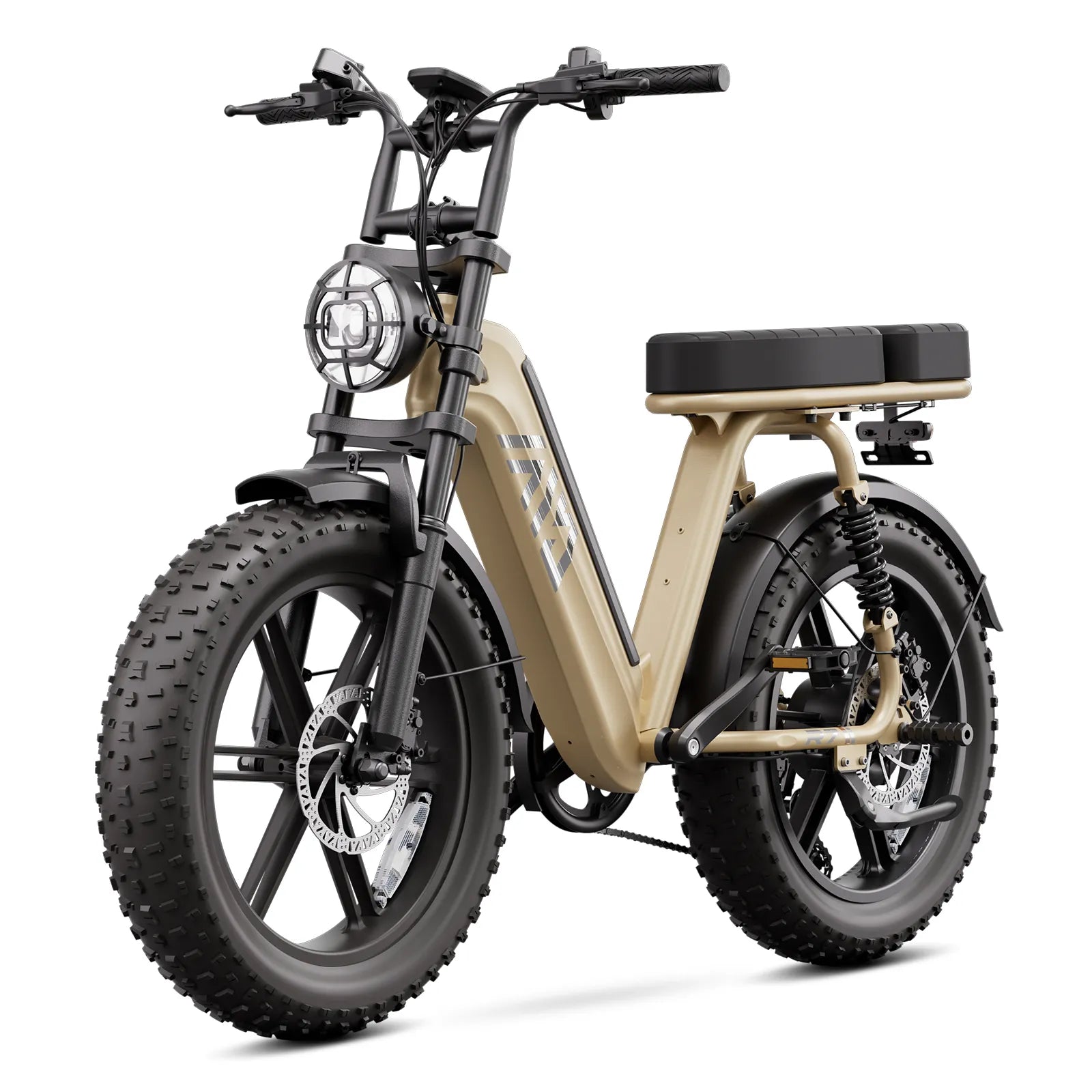
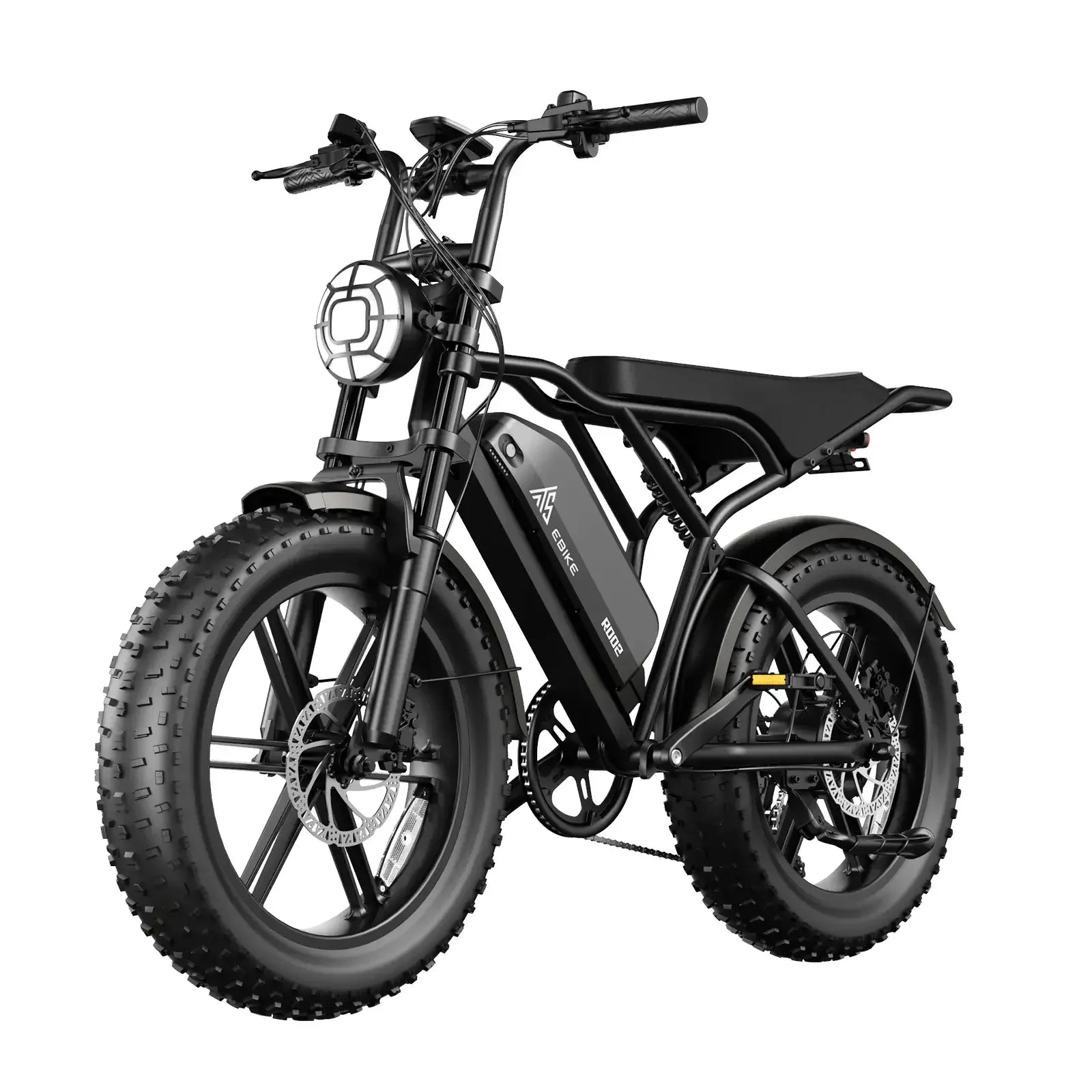
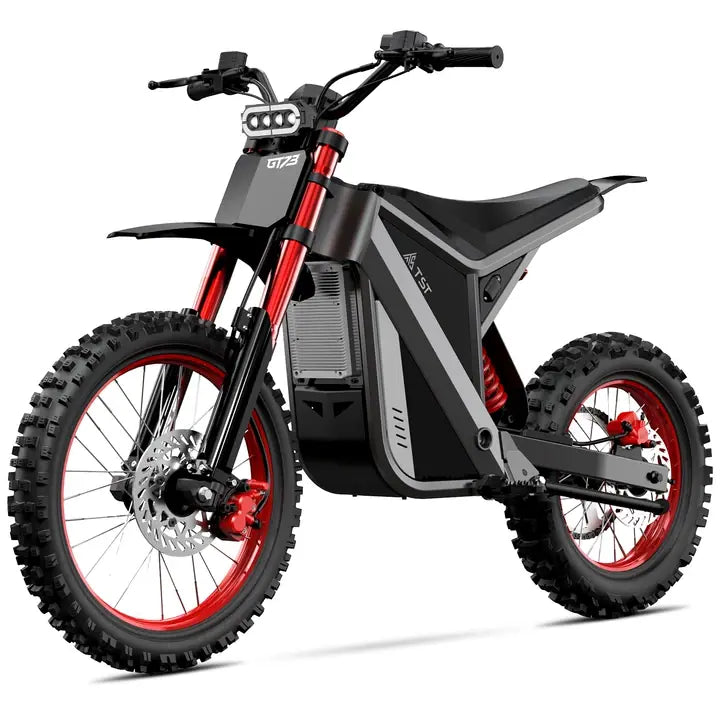
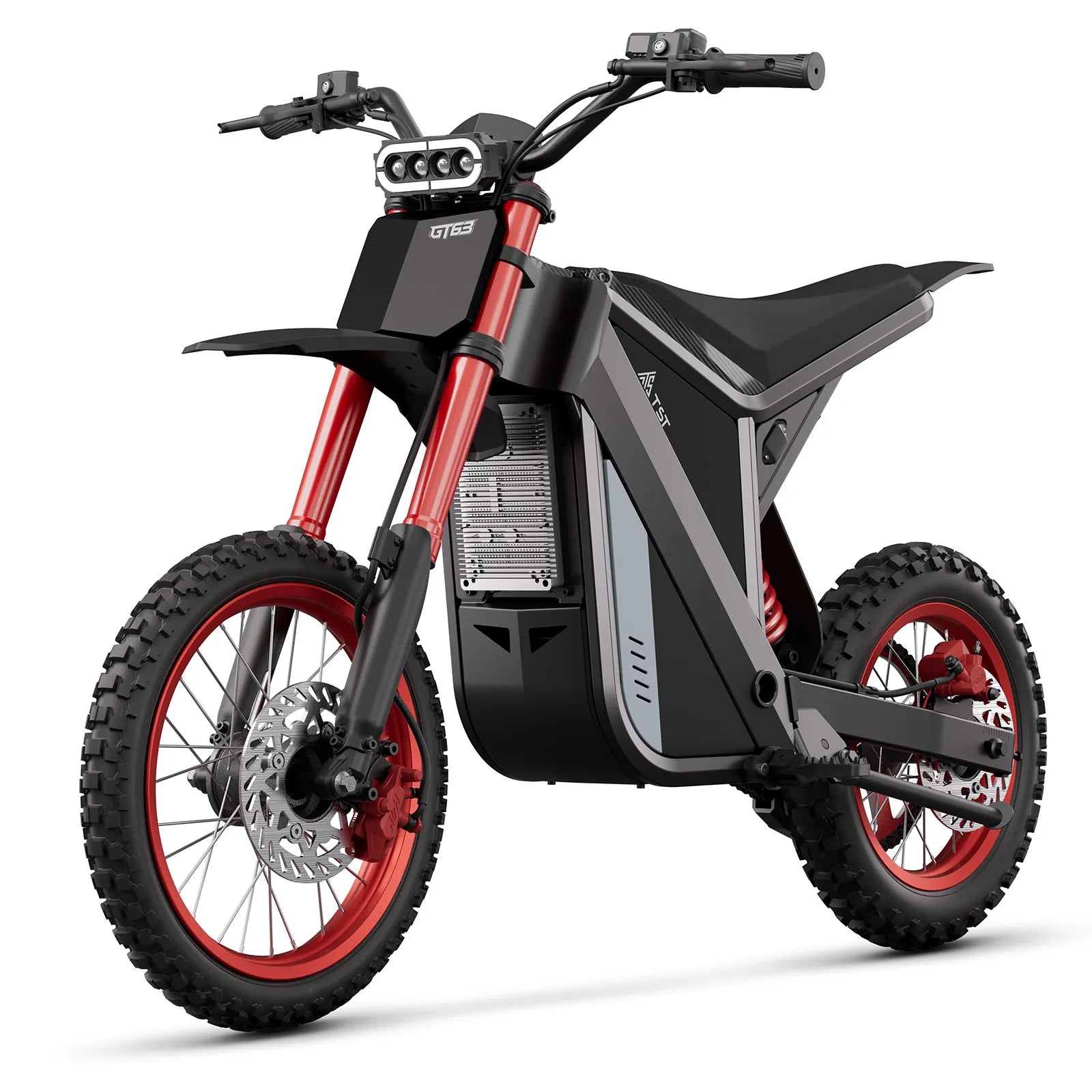
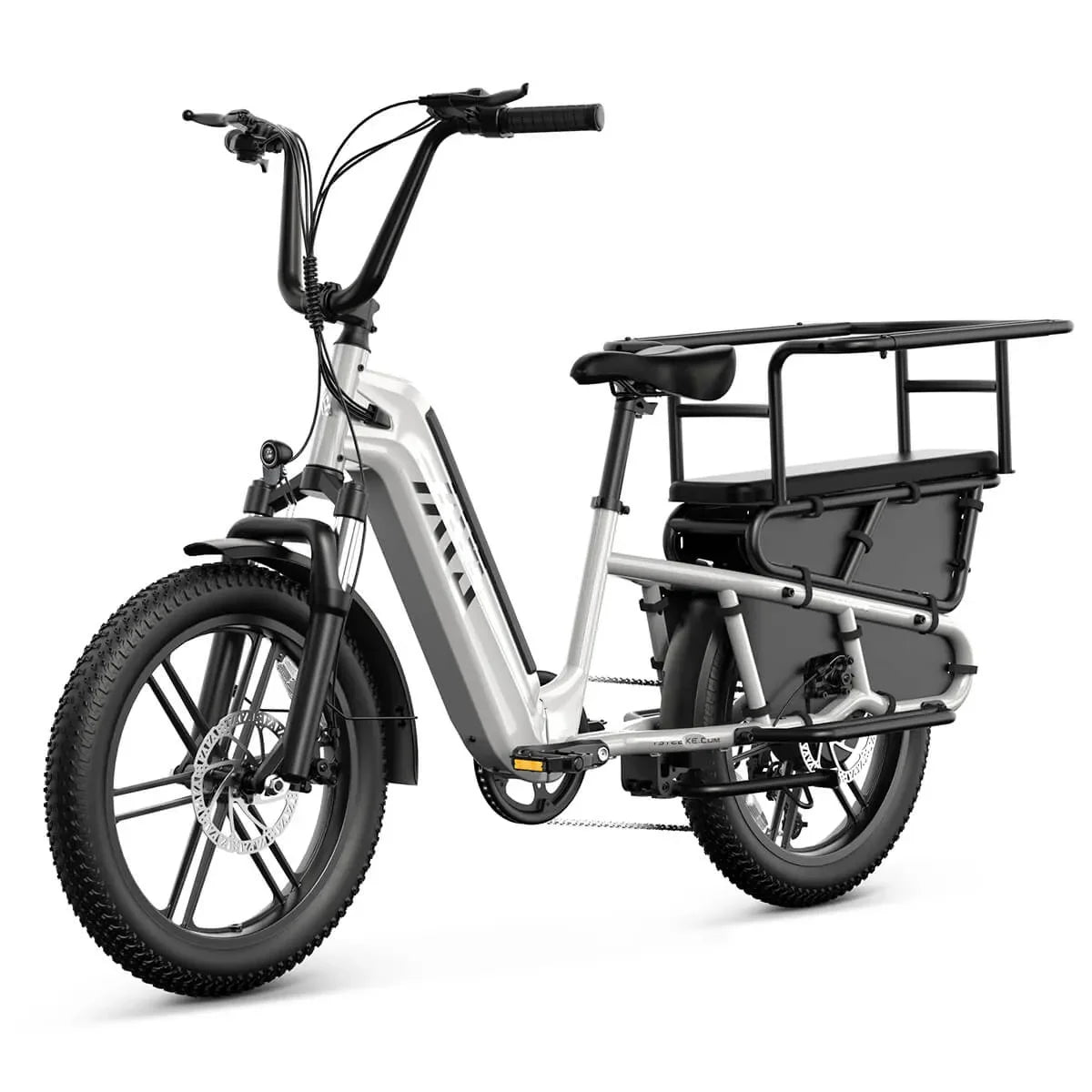
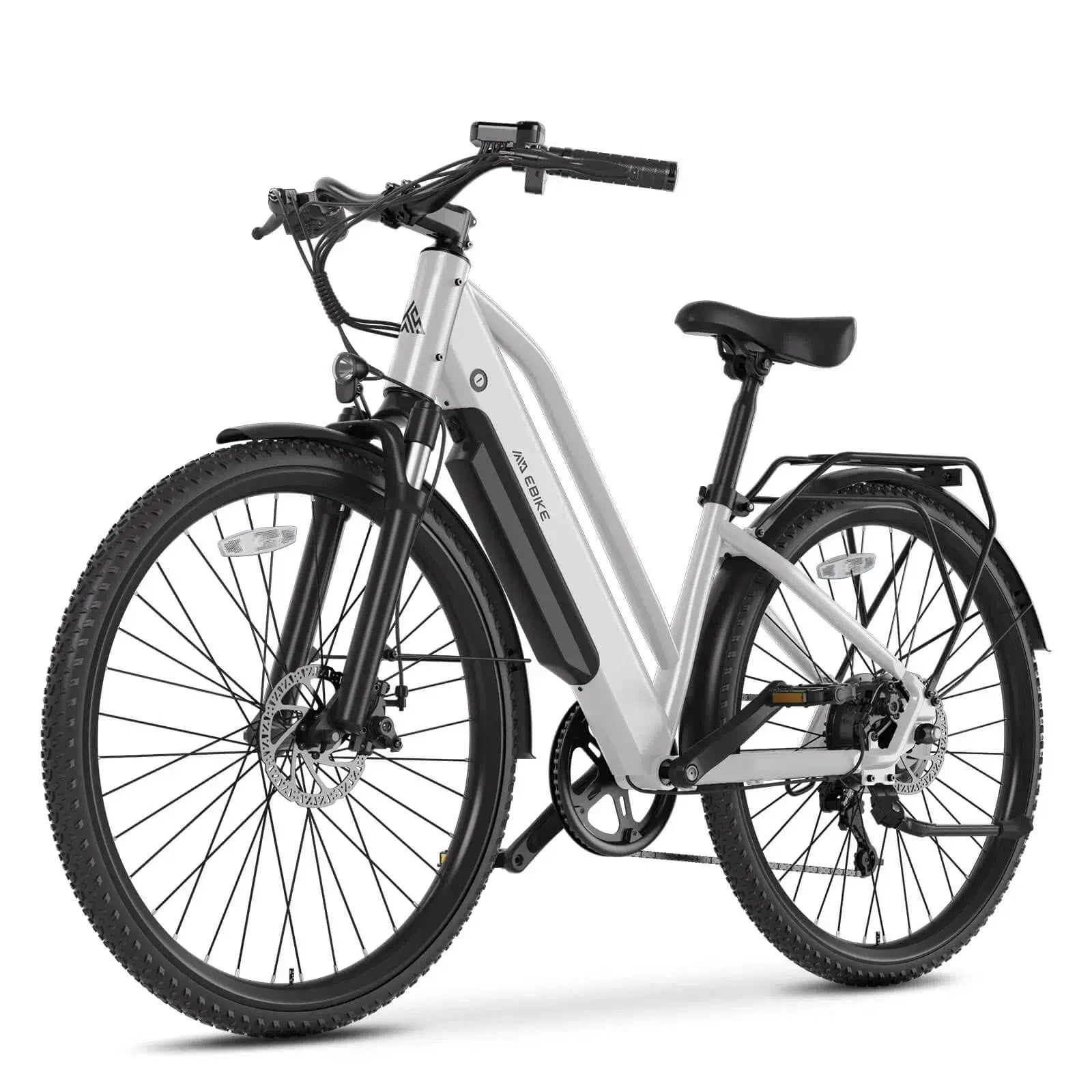
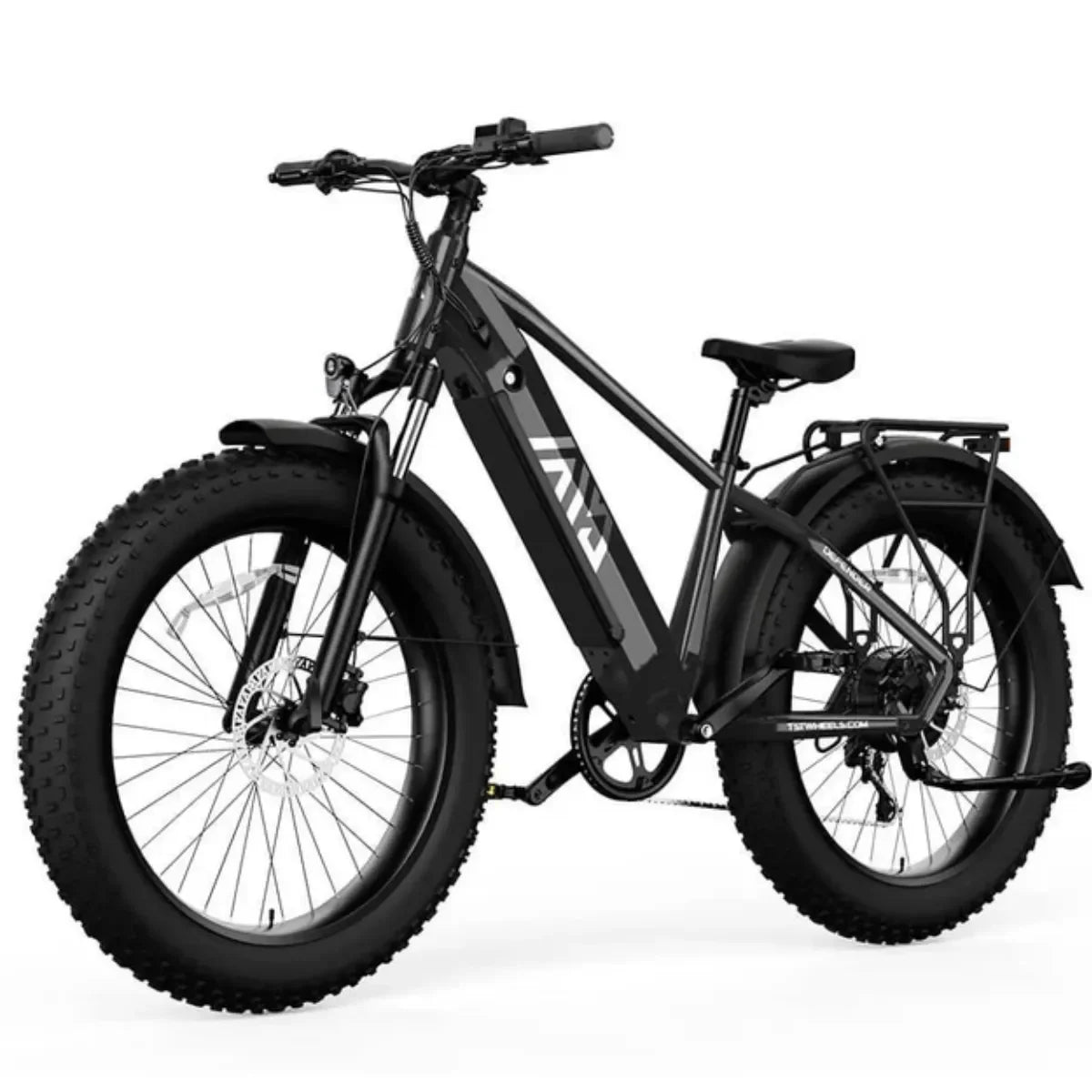
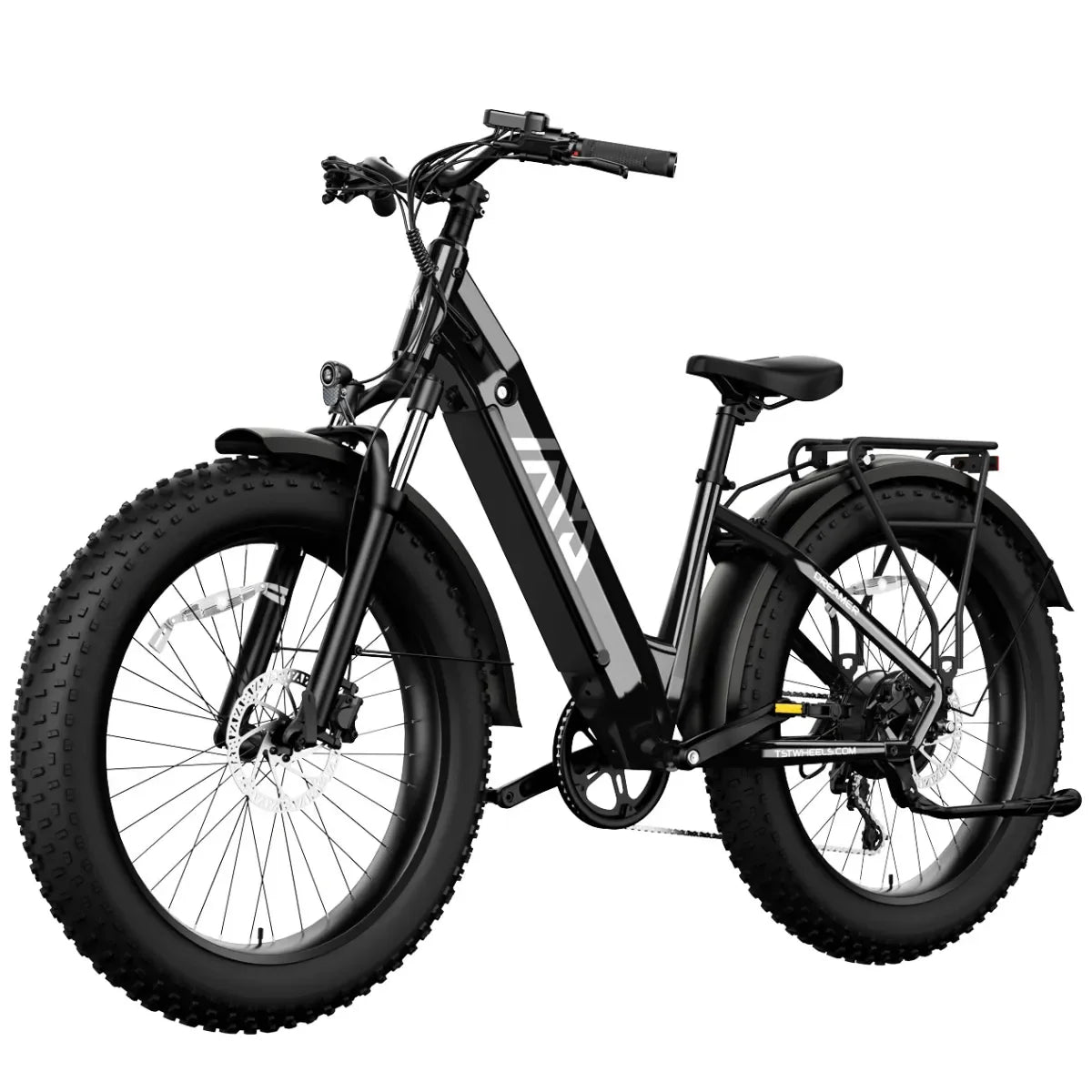
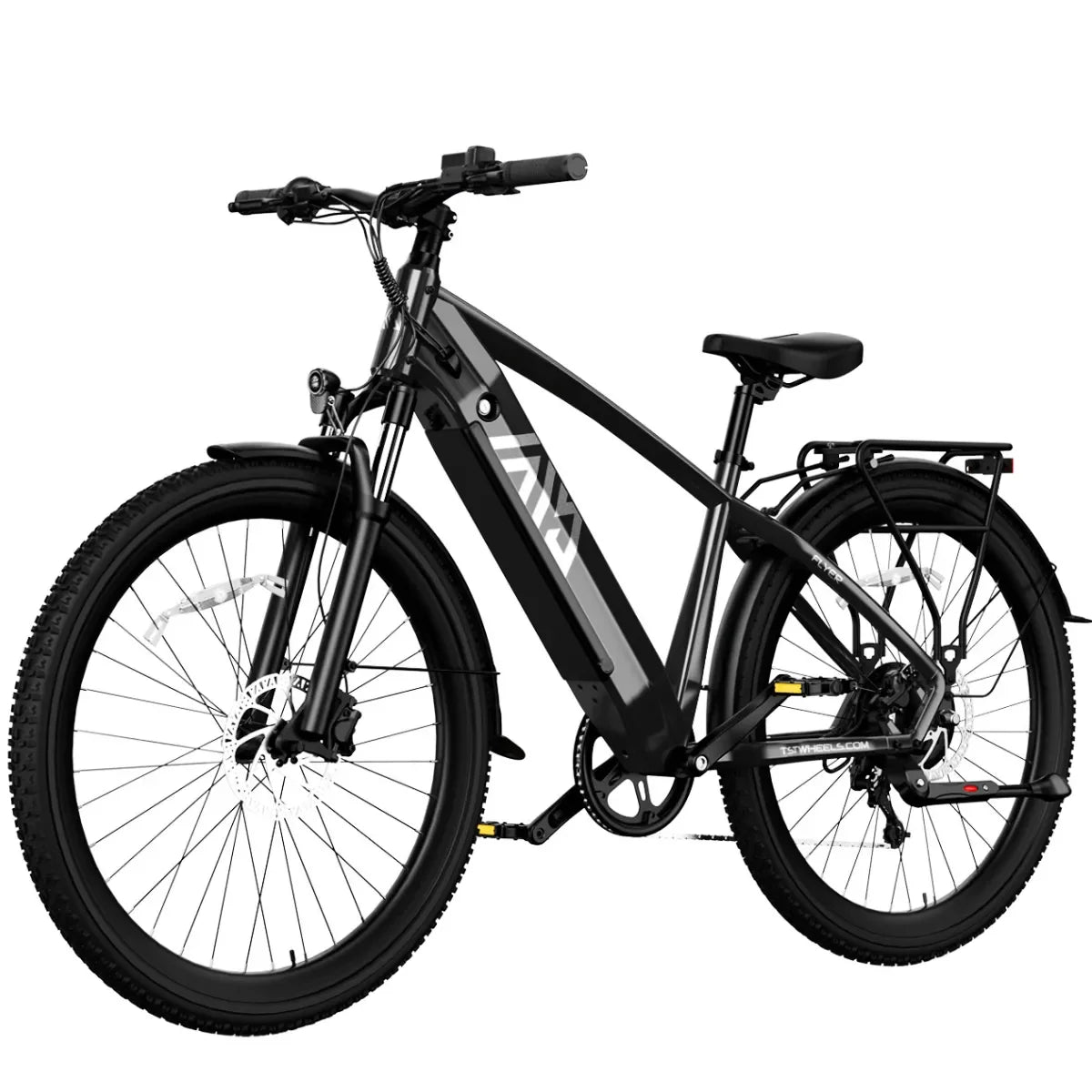
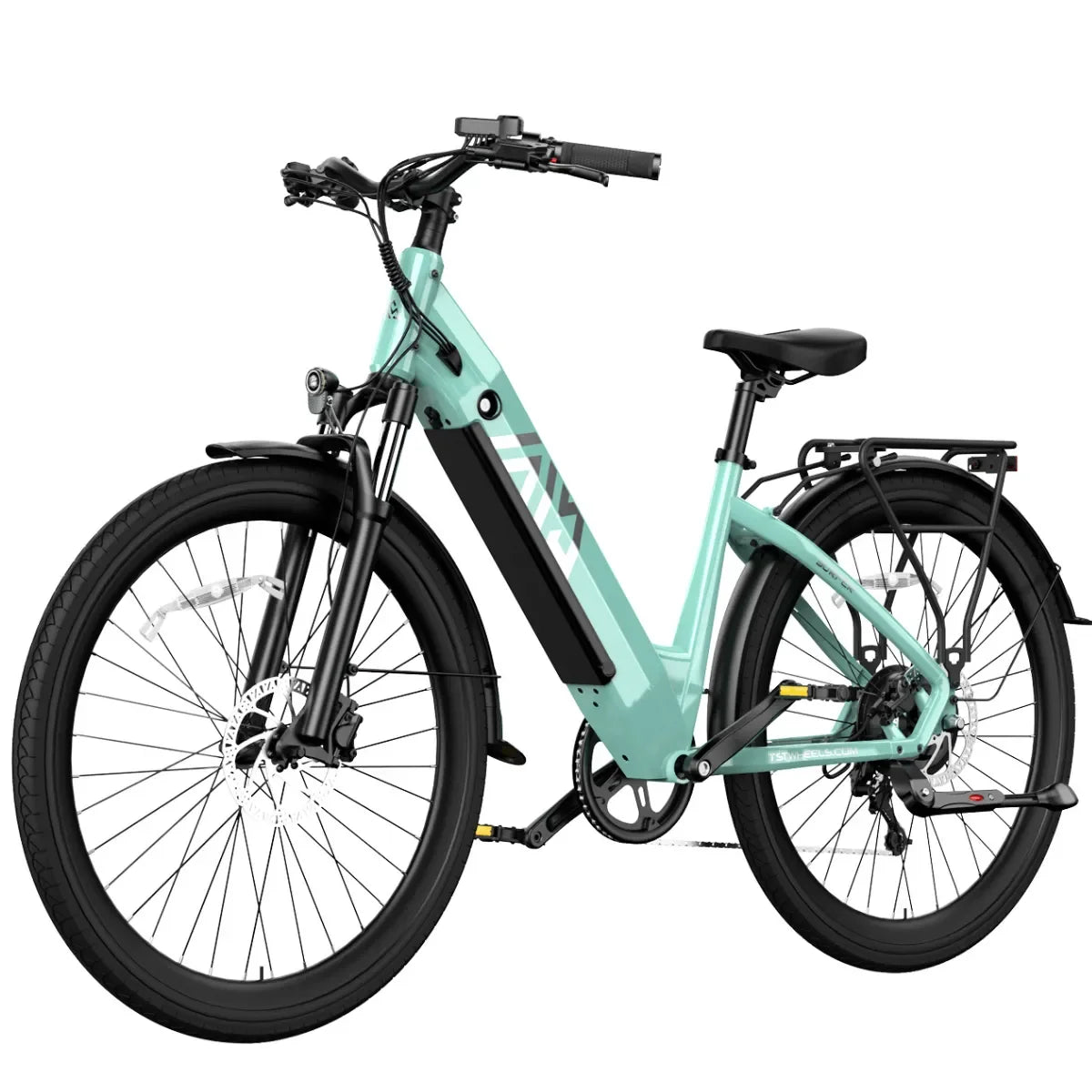
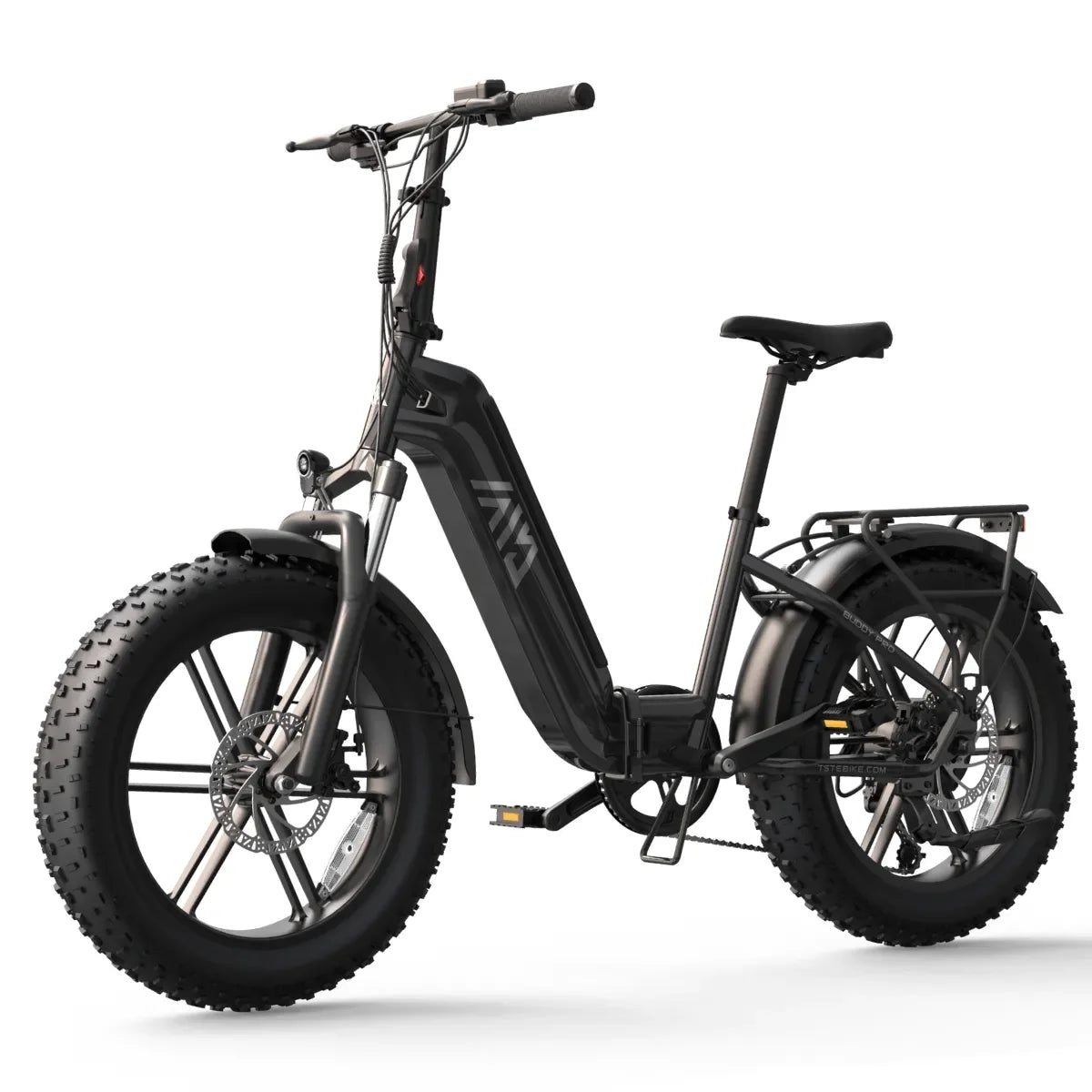
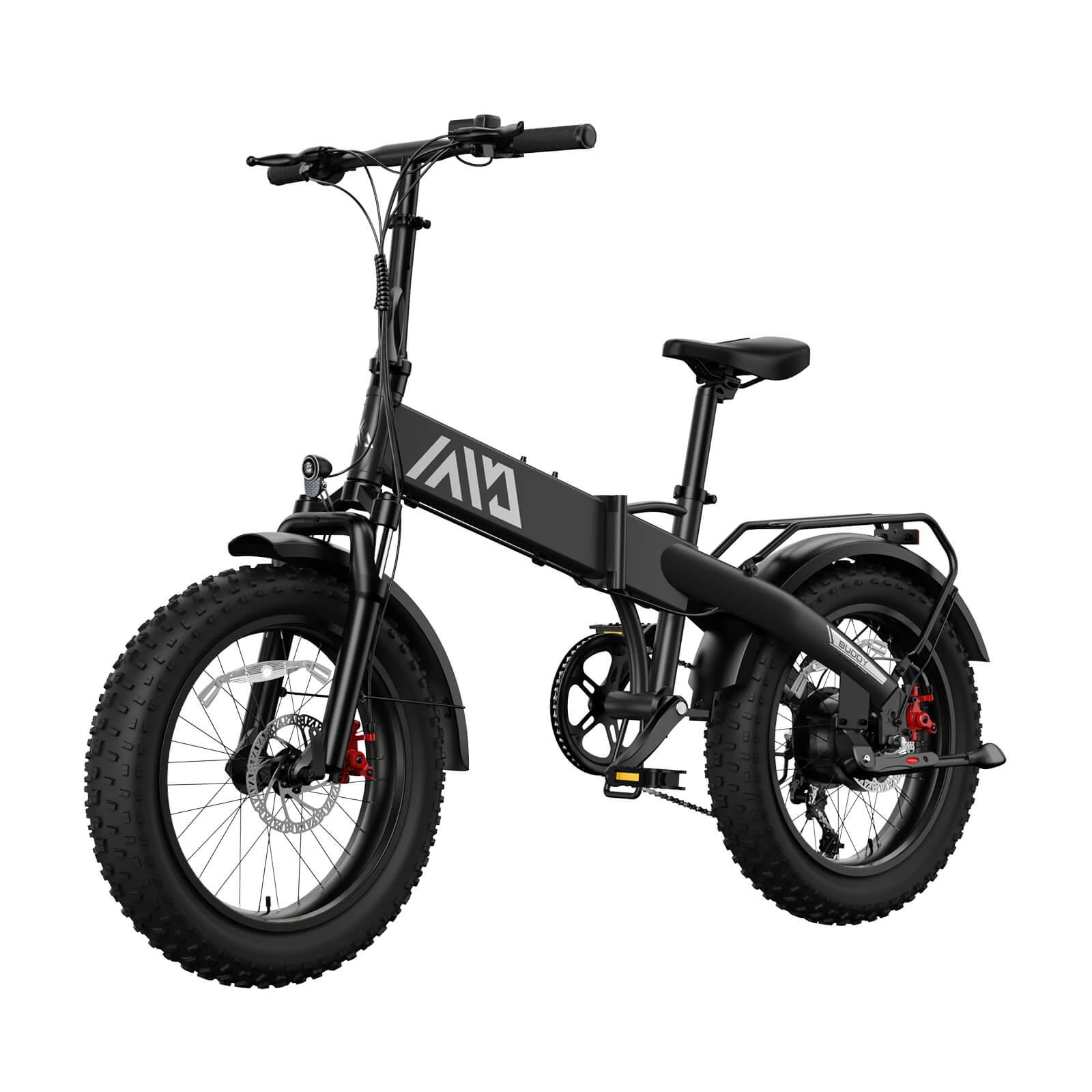

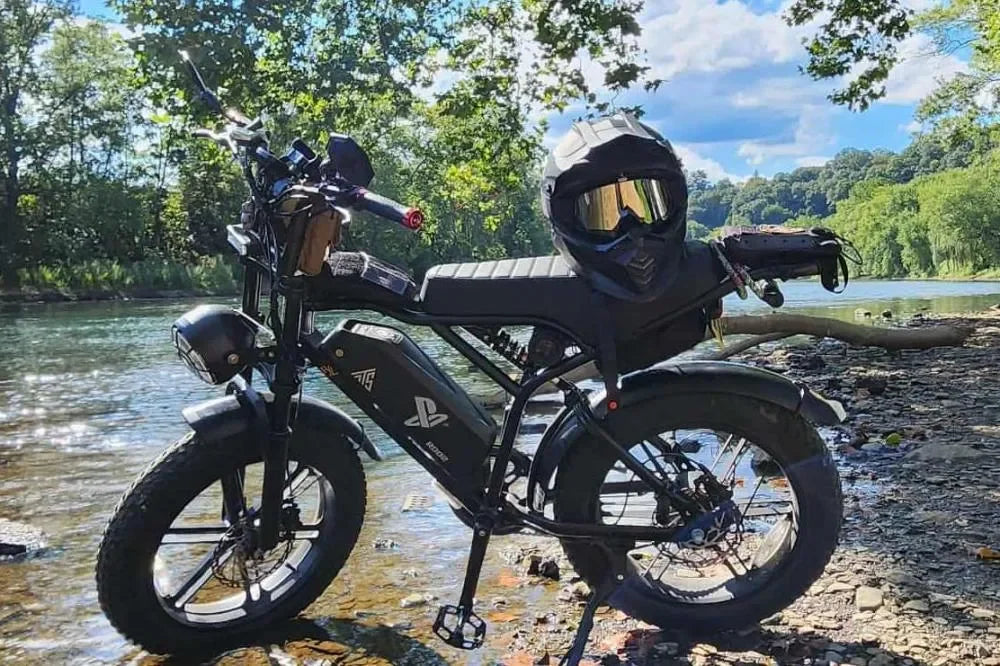
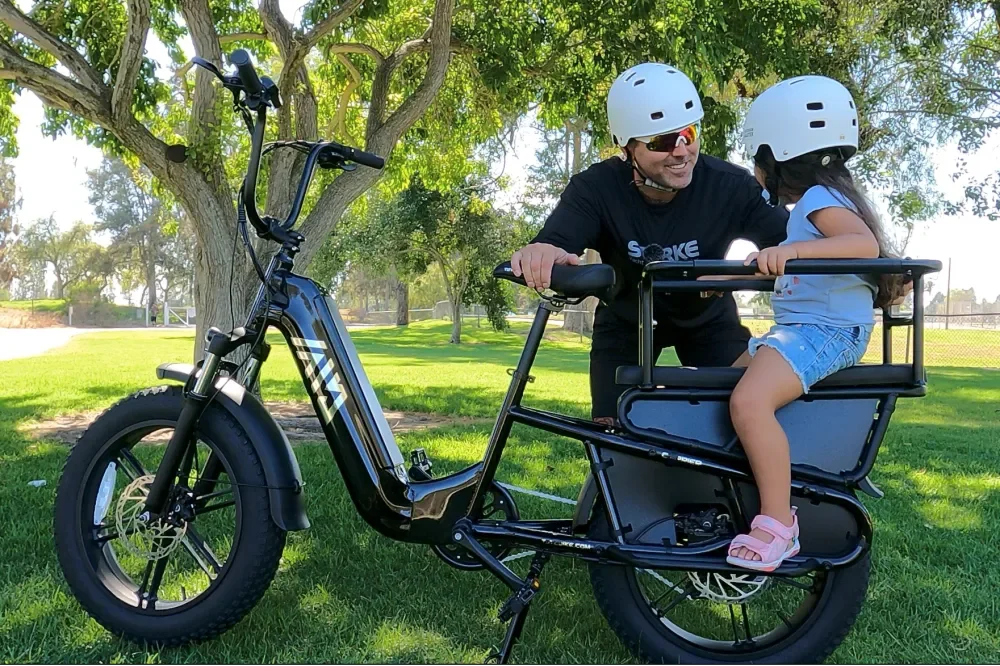

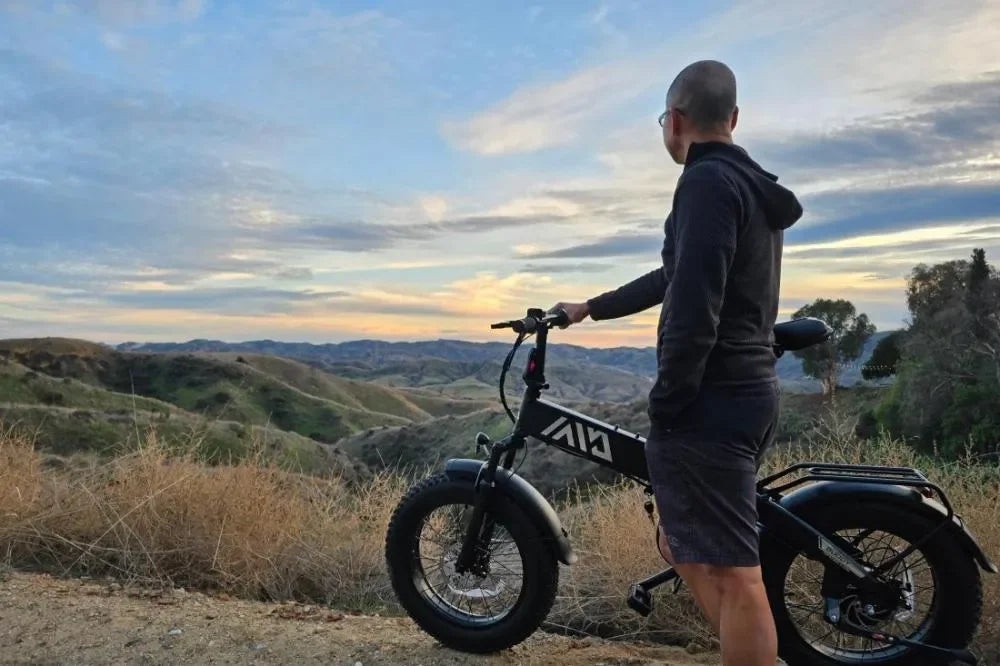
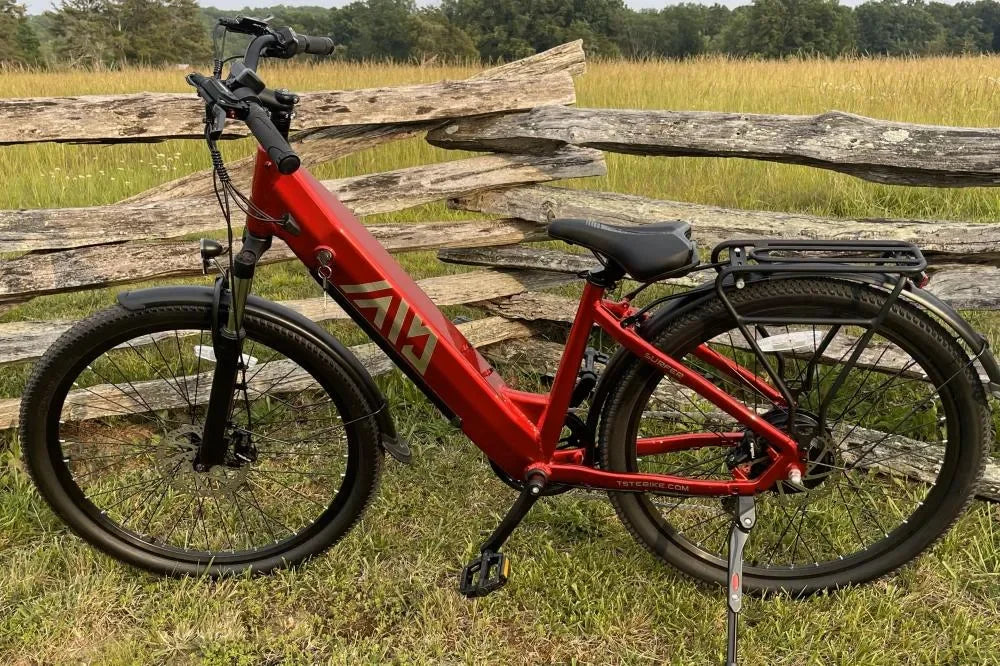
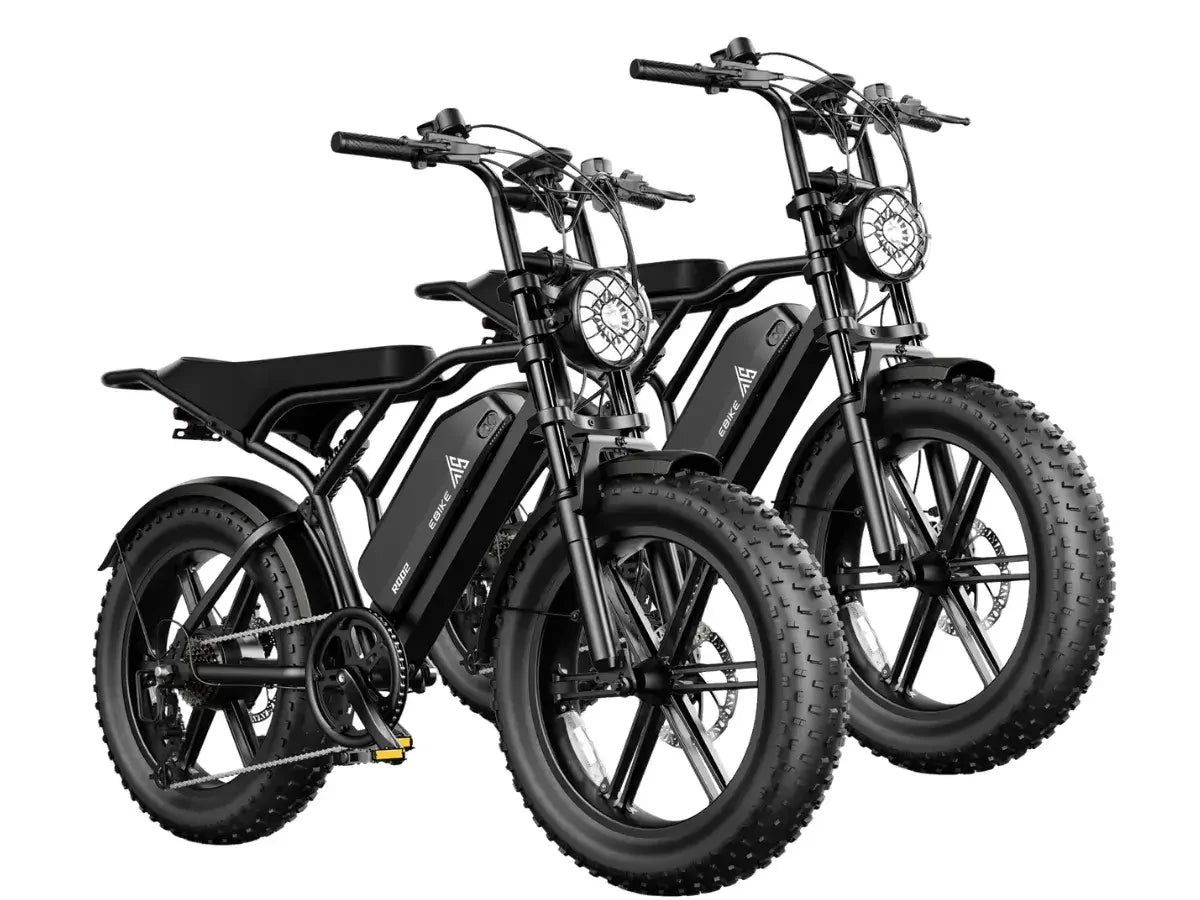
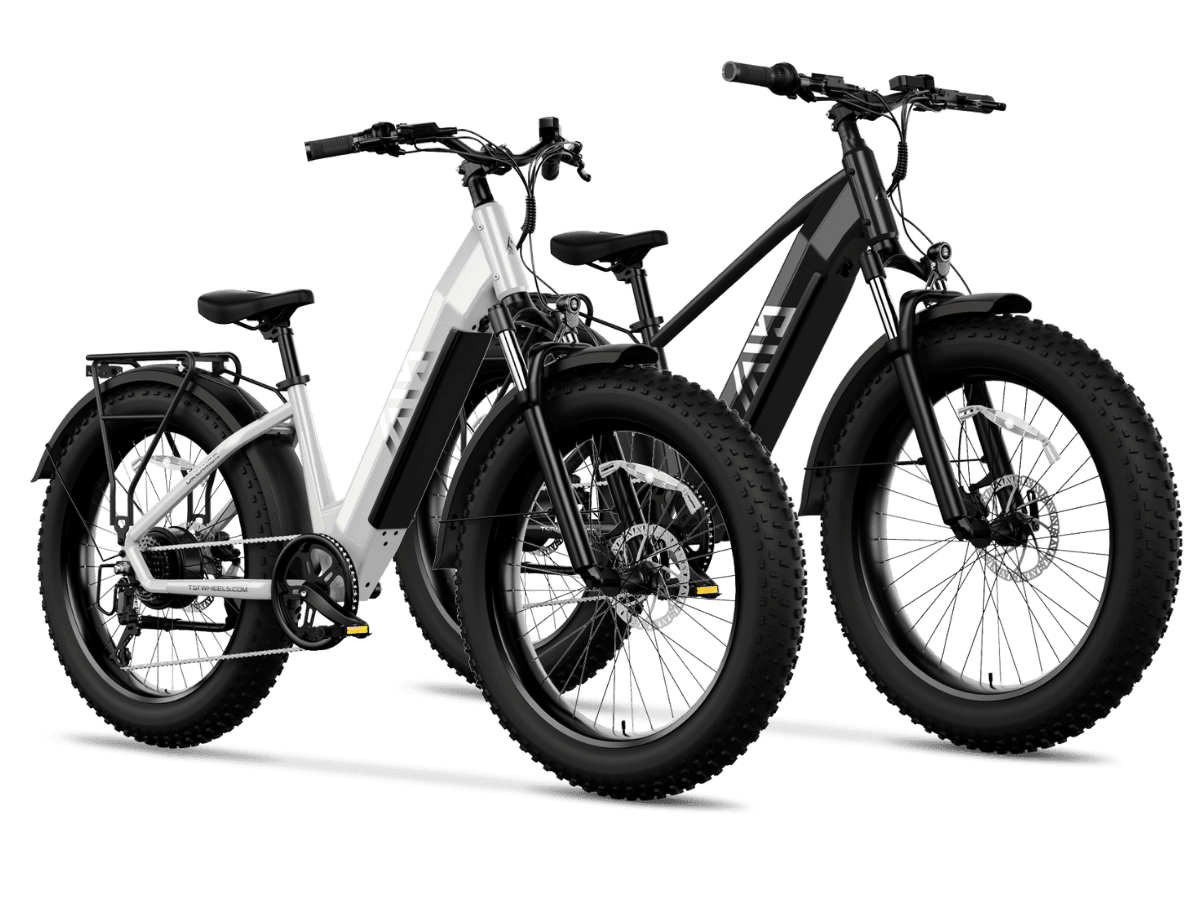
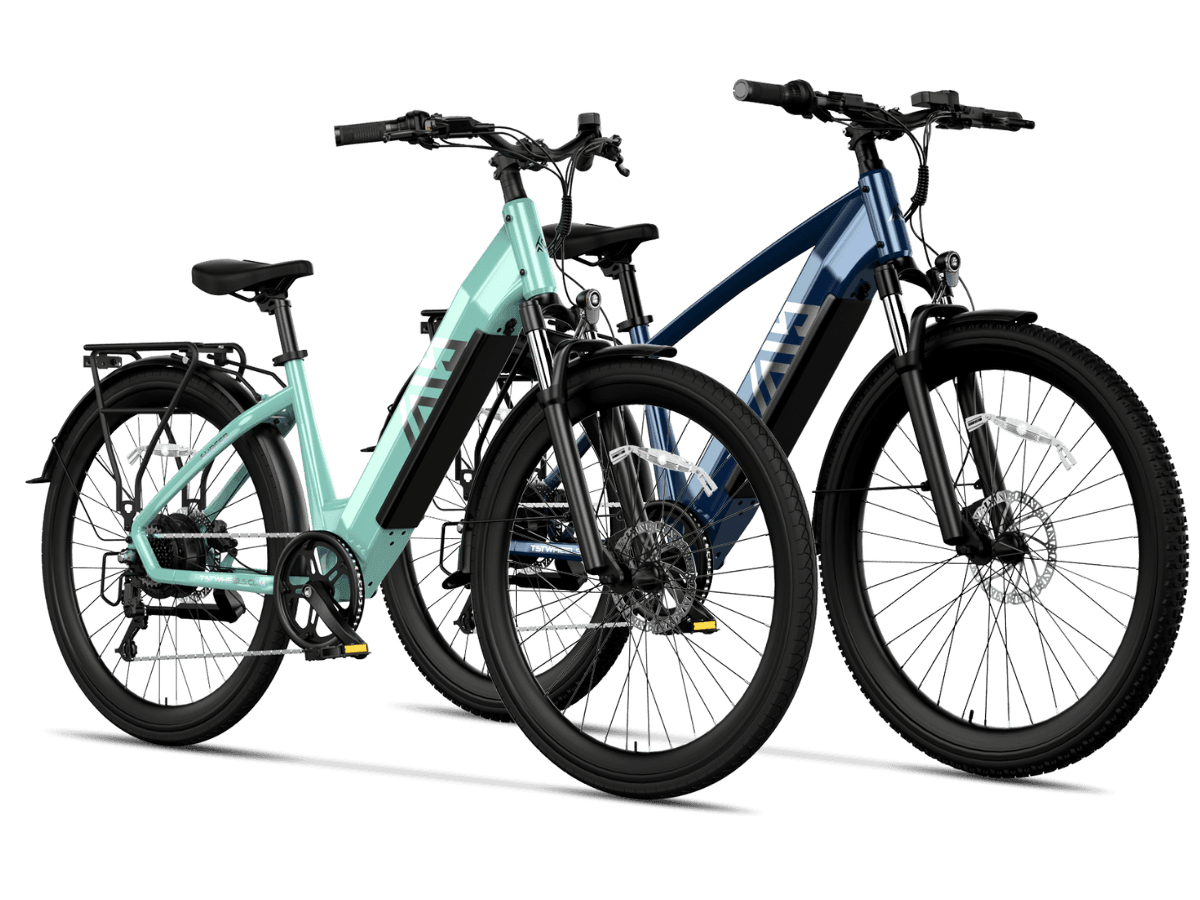
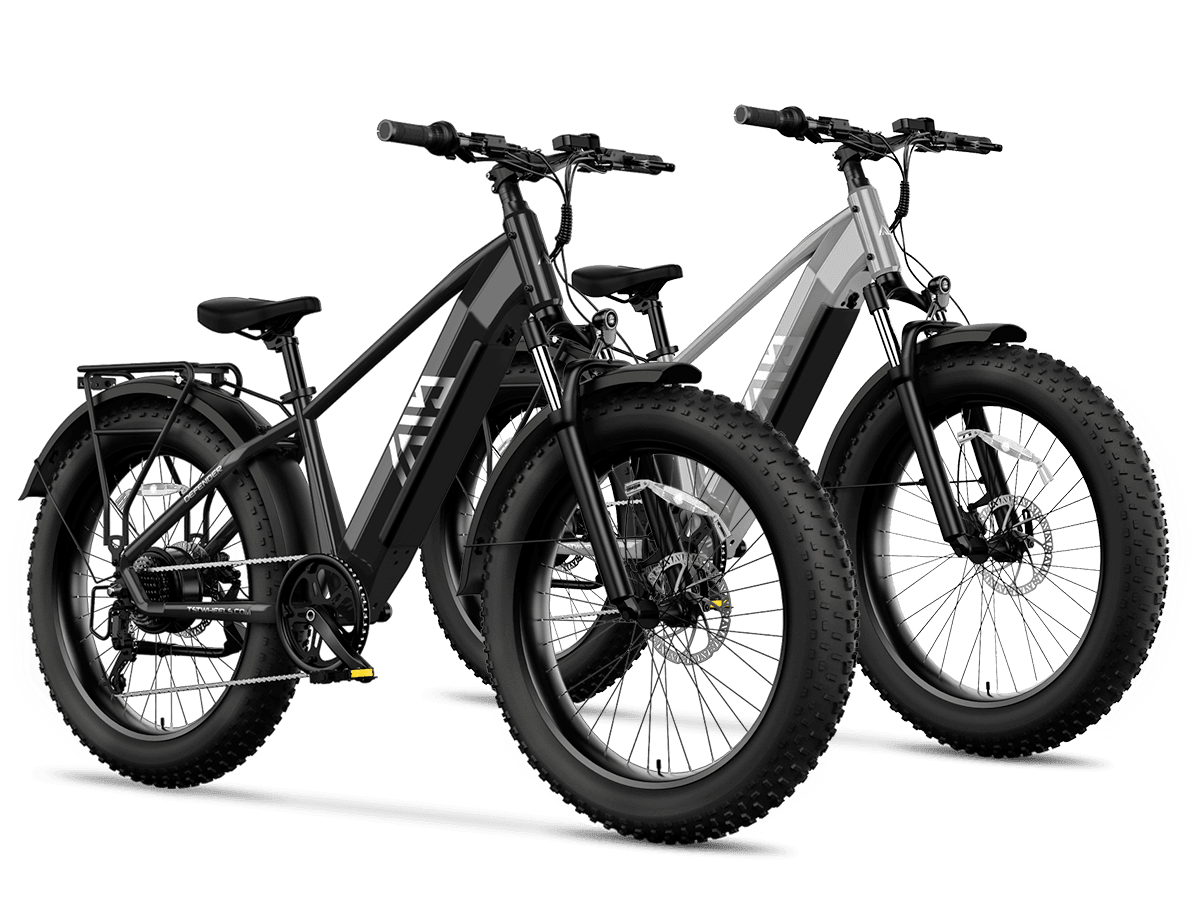
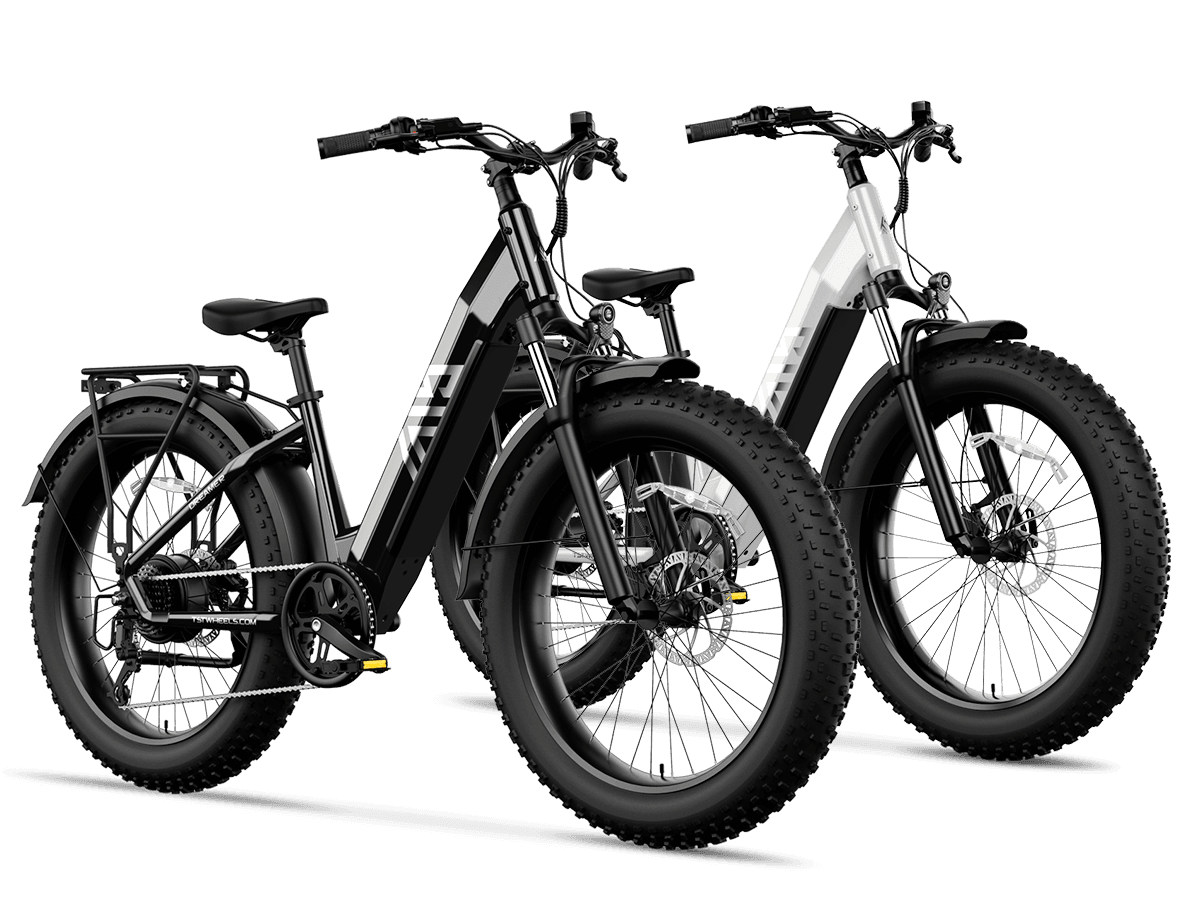
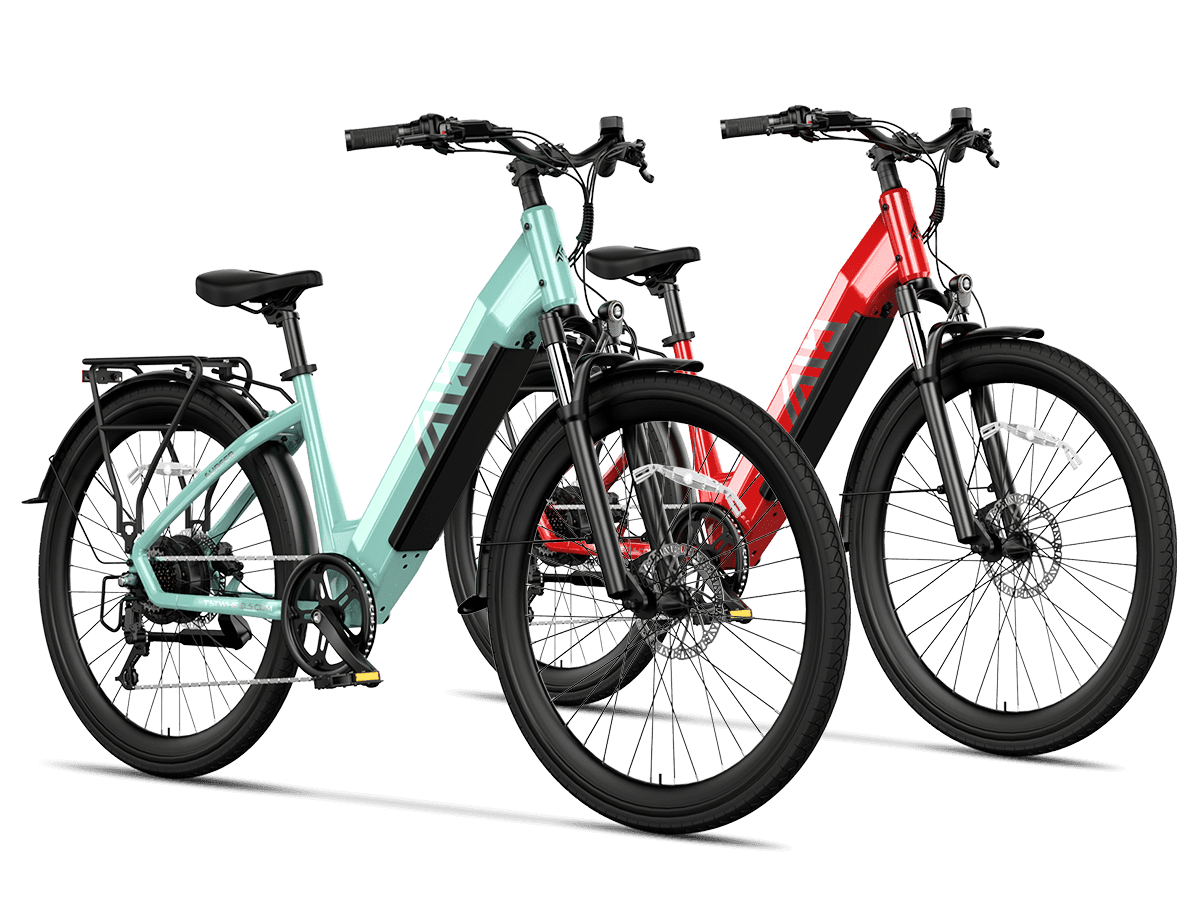
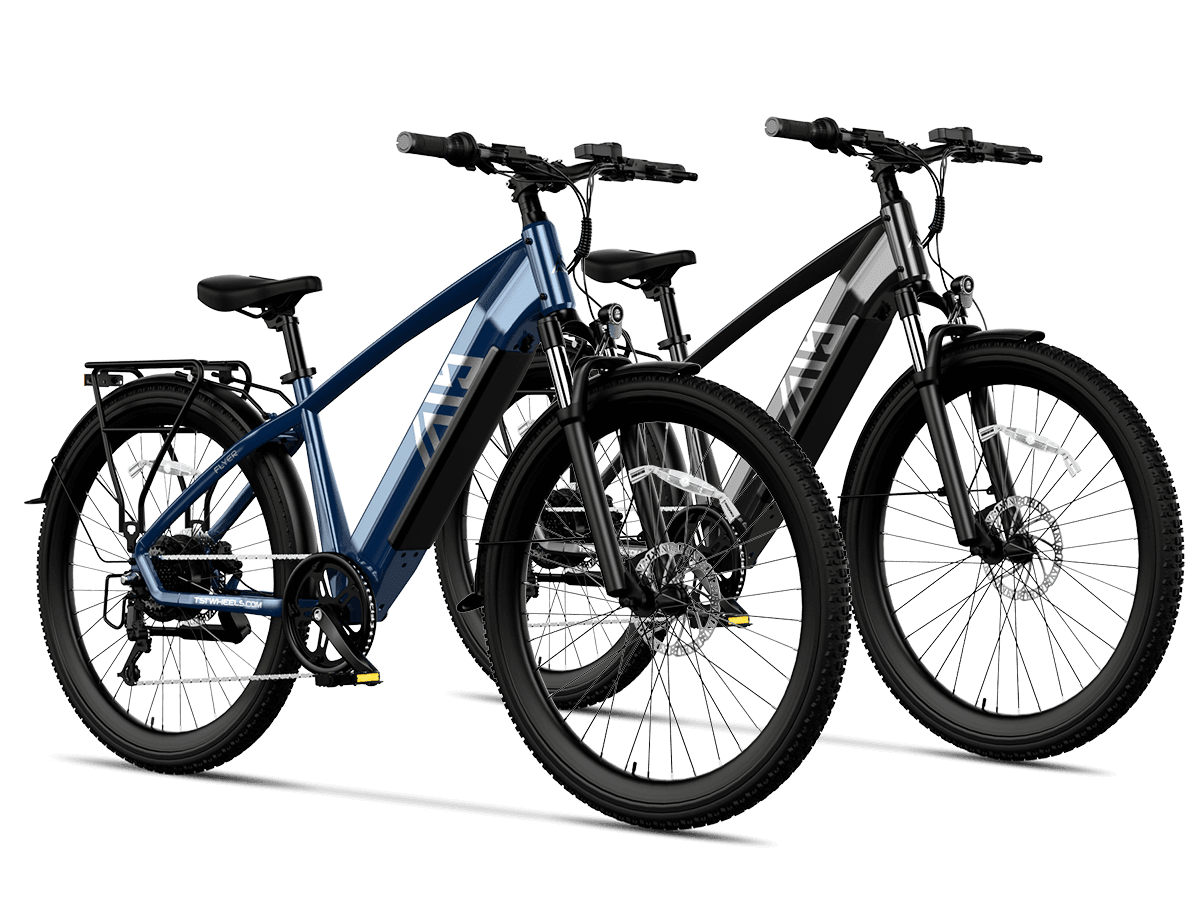
Leave a comment
This site is protected by hCaptcha and the hCaptcha Privacy Policy and Terms of Service apply.